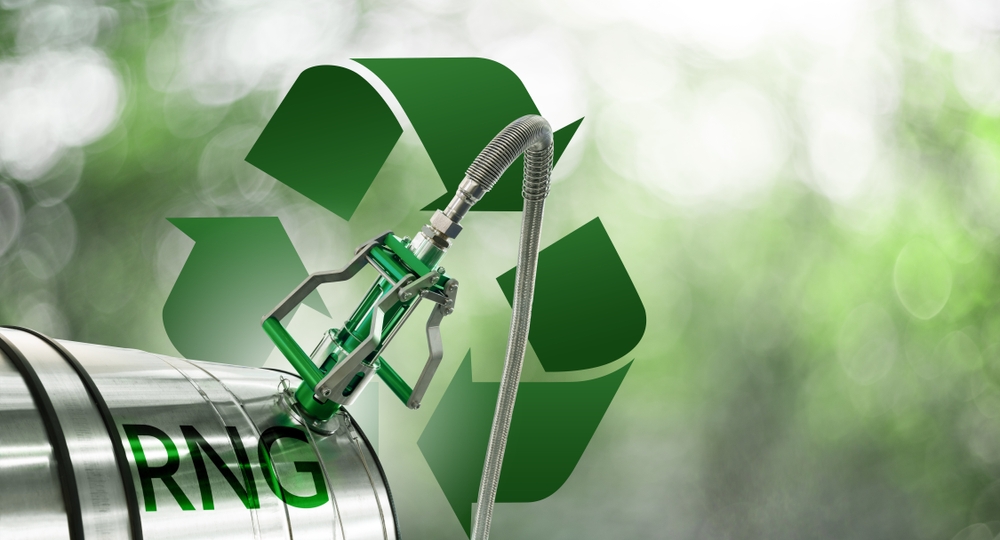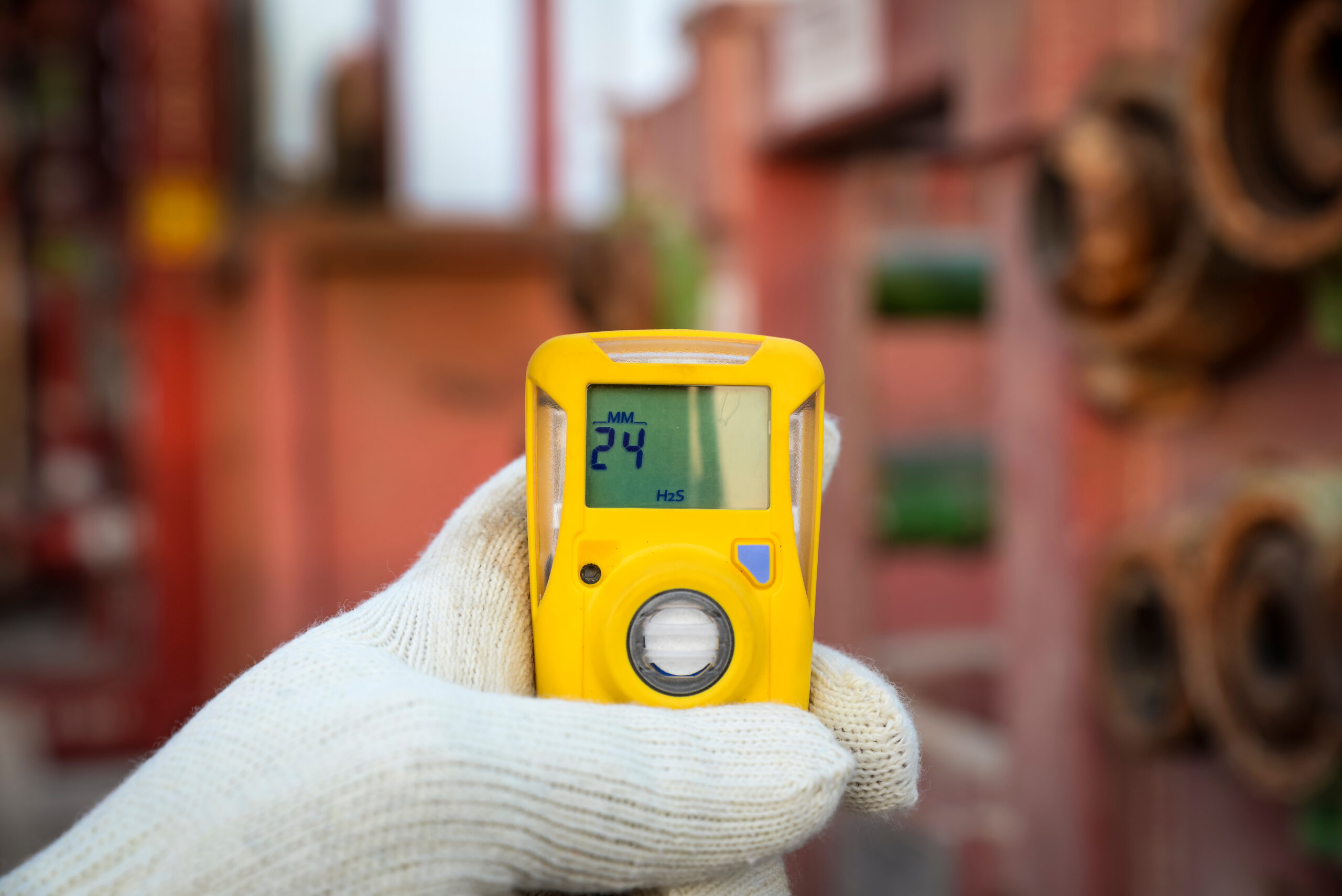
Tuesday, July 26, 2022
Complete H2S guide for Health and Safety
The presence of H2S in Crude Oil and other volumes plays a significant health risk for those close to or…


Q2 Technologies Team
Experts in H2S Scavenging Solutions
With decades of combined experience, the Q2 Technologies team specializes in innovative hydrogen sulfide (H2S) scavenging solutions for the oil and gas, wastewater treatment, and industrial sectors.
What Is Hydrogen Sulfide (H2S)?
Hydrogen Sulfide (H2S) is a highly corrosive chemical found in Crude Oil, Natural Gas, Production Water, and Formation Water. The presence of H2S in Crude Oil and other volumes plays a significant health risk for those close to or exposed to this noxious substance. Because of its toxicity, if inhaled it can lead to numerous health problems and, in some cases, even death. Workers in the oil and gas Exploration, Production, Midstream, and Refining Industries may be exposed to this hazardous substance so they must follow a set of safety measures that are outlined below. Please consider the following as a starting point, always consult your company’s EH&S or manager for safety specific requirements.
Why is H2S so dangerous?
Health Hazards of H2S Exposure
- The health consequences of hydrogen sulfide depend on how much and how long the worker breathes it in. Exposures to concentrations of 100 ppm or more are harmful to human health. However, even at low doses, significant impacts are observed. The effects range from moderate, such as headaches or eye discomfort, to extremely dangerous, such as permanent loss of smell and taste to unconsciousness and death.
Equipment Damage and Corrosion
- In oil and gas applications, sour gas and sour crude (which contains H2S) can react with air and moisture to produce sulfuric acid, which can corrode metals. The durability and impact strength of facility equipment, particularly the inside surfaces of different components, are diminished, eventually resulting in premature failure.
Essential H2S Safety Equipment
H2S Gas Monitors
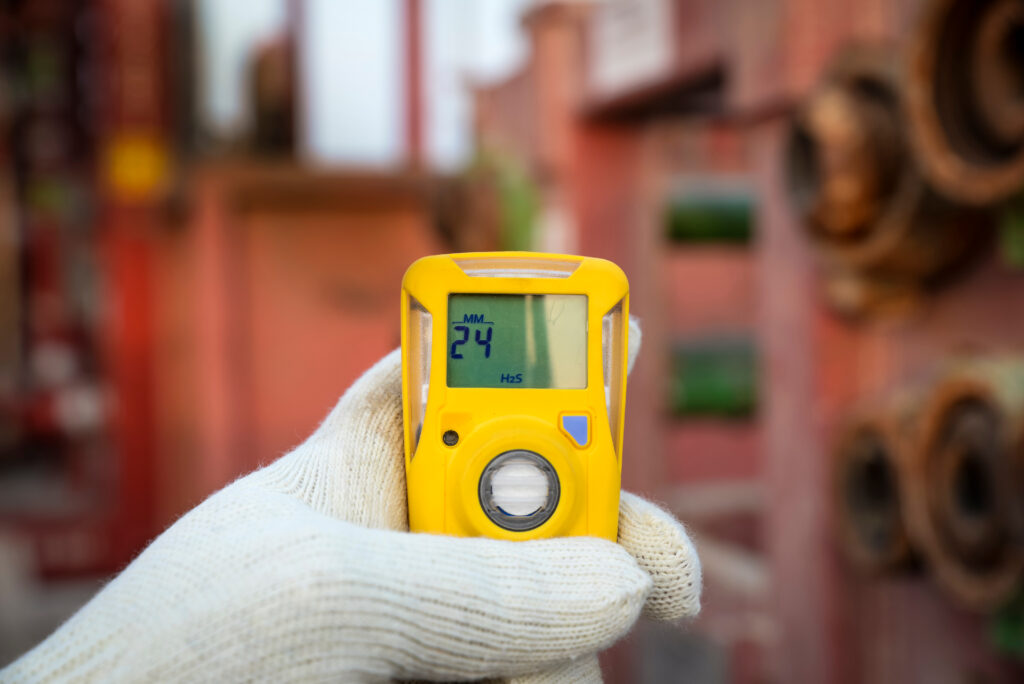
- Always make sure to carry an electronic meter that detects hydrogen sulfide gas. And clip the monitor near your face, on the lapel of your shirt for example. Always “bump test” by clicking the test button on the monitor prior to entering any job site to ensure the alarm on the monitor is loud – there may be large decibel producing equipment creating loud noises, your monitor should be louder so you can hear it.
- Do not rely on your sense of smell to detect the presence of hydrogen sulfide or to alert you of dangerous amounts. At low quantities in air, hydrogen sulfide has a “rotten egg” smell. However, after a while, you lose your capacity to detect the gas even if it is still present (olfactory fatigue). In large quantities, this loss of smell can occur extremely quickly, and the ability to detect the gas can be gone instantly (olfactory paralysis).
Protective personal equipment
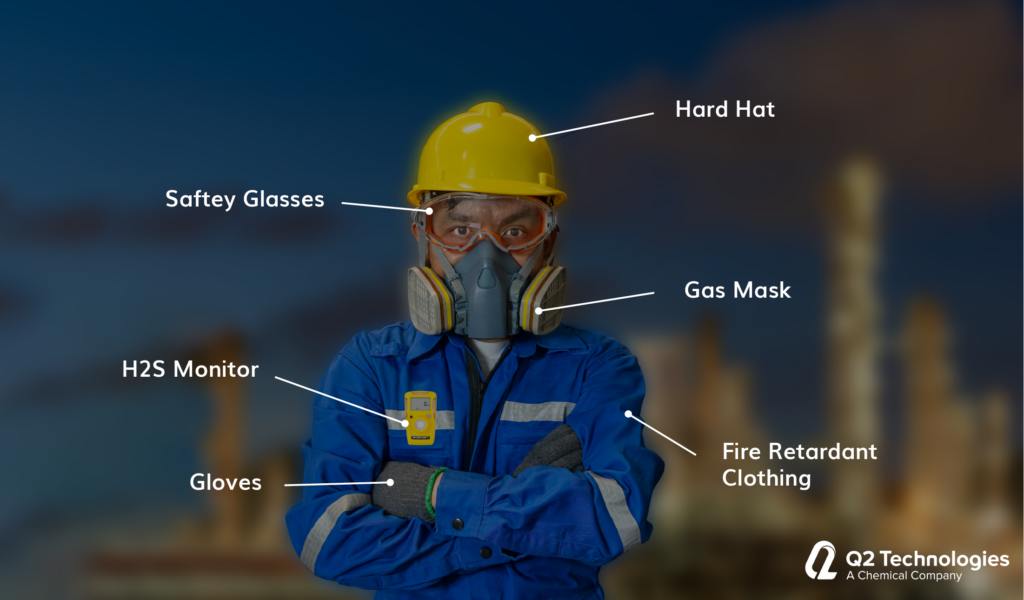
Personal Protective Equipment (PPE)
- Wear respiratory and other personal protective equipment.
- Make sure you have been properly mask fitted to make sure you will be protected from hazardous vapors.
- If measures fail to lower H2S levels below the allowed exposure limit, respiratory protection must be used as well as additional personal protective equipment (PPE) such as eye protection and perhaps fire-resistant clothing.
What To Do If Your H2S Monitor Goes Off
Imagine your hydrogen sulfide sensor has gone off, indicating the presence of H2S in your work environment. Now, what do you do?
1. Put On Your Gear:
Put on your gas mask if you have one handy and aren’t already wearing one. Pull your straps down firmly and breathe. While you evacuate the area, your mask will keep you safe.
The requirements for carrying a mask differ based on the setting, so if you don’t have one, don’t worry, just go on to the next stage.
2. Get Upwind:
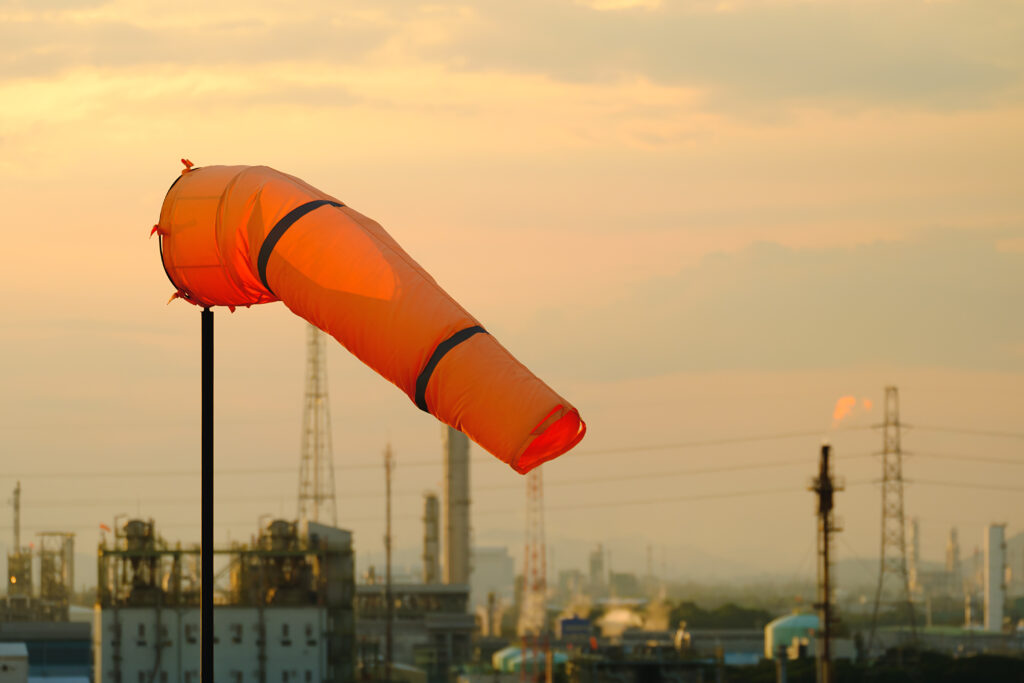
- If you’re working in an area with the possibility of H2S release, there should be flags or windsocks on the work site to show you which direction the wind is blowing. Head in the opposite direction immediately. If you can’t see the windsock, toss some dirt or leaves into the air, or look at the trees.
- The wind can blow and concentrate the H2S into valleys or stands of trees, so the direction you go is essential. If you see a designated gathering area, or “muster site” downwind, go there.
- This is the easiest and most effective way to avoid H2S inhalation or poisoning.
- Lastly, if your work plan makes it difficult to evacuate an area, consider revising your work plan with your team before starting work in the first place.
H2S Removal & Long-Term Safety Measures
H2S Scavengers should be employed by crude oil companies to benefit from less fouling, corrosion, and property damage, significant reduction of health risks, and a potential increase in the value of production barrels. Learn more about the versatility of H2S solutions across various sectors by reading about its role in the pulp and paper industry here
In conclusion, anyone who has the possibility of being exposed to H2S must be ready with the recommended safety equipment and the know-how for whenever the H2S monitor goes off.
Always carry:
- H2S monitor
- Properly fitting PPE
If the monitor goes off, remember to:
- Put on your gear
- Get upwind
Q2 Technologies manufactures specialty H2S Scavenger Chemistry products that remove H2S from millions of barrels of oil every month. For more information, contact us!
Sources:
https://www.osha.gov/hydrogen-sulfide
https://www.draeger.com/library/content/h2s-ebook-enus.pdf
https://www.fldata.com/hydrogen-sulfide-oil-gas-industry
https://www.gdscorp.com/blog/hydrogen-sulfide/the-four-steps-to-take-in-a-hydrogen-sulfide-h2s-
FAQs
Symptoms of hydrogen sulfide (H2S) exposure vary by concentration and exposure time. At low levels, individuals may experience irritation of the eyes, nose, and throat, as well as headaches or dizziness. At higher concentrations, H2S can cause nausea, coughing, breathing difficulties, and in extreme cases, unconsciousness or death. Because the gas can deaden the sense of smell, relying on odor is not a safe detection method.
H2S should always be detected using proper gas monitoring equipment. Portable or fixed H₂S detectors can provide real-time readings and alarms to ensure workers are alerted before exposure reaches dangerous levels. These devices are essential for safe operations, especially in oil and gas facilities, wastewater plants, and other high-risk environments.
Personal protective equipment (PPE) for H2S includes H2S monitors, flame-resistant clothing, gloves, goggles or face shields, and in areas with high concentrations, respiratory protection such as self-contained breathing apparatus (SCBA). Proper PPE, combined with training and emergency planning, is critical for keeping workers safe in H2S-prone areas.
Related Articles
HOW CAN WE HELP?
Have a question? Need a quote? Our technical staff is here to help you identify the right solution for your project requirements.





